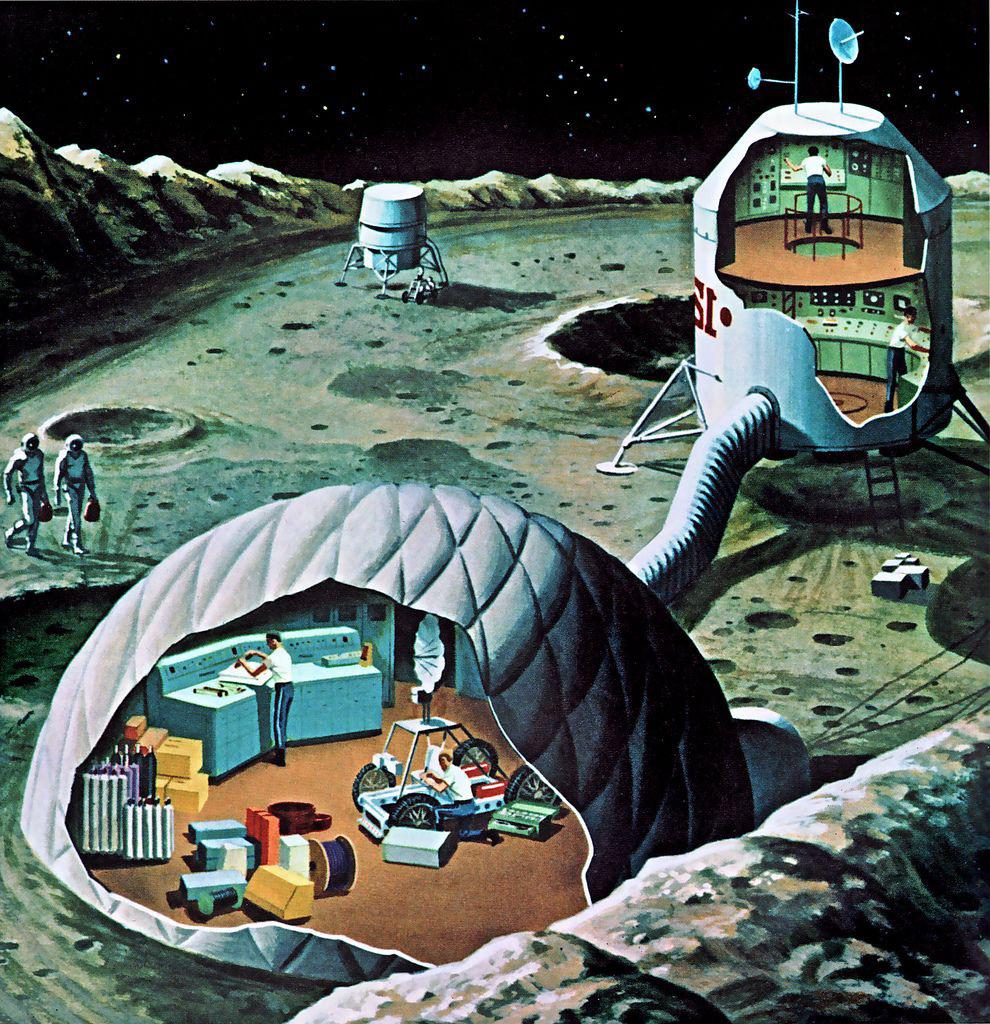
Why not move to space? All the cool kids will be doing it, right? Here’s a couple reference books for you:
The First City on Mars: An Urban Planner’s Guide to Settling the Red Planet, by Justin B. Hollander (Link to Amazon)
A City on Mars: Can We Settle Space, Should We Settle Space, and Have We Really Thought This Through?, by Kelly Weinersmith and Zach Weinersmith. (Link to Powell’s Books, Link to Amazon)
What’s the big deal, right? You’ve already bought a ticket to the Mars colony with a two-week stay through No-Air-bnb, all you have to do is pack!
Both of these books are an informative, interesting and often entertaining look at what it will take to put humans in an orbital space habitat, on our moon and/or Mars. In brief, the Weinersmiths like to point out that there’s much “happy talk” about how we’ll go to space and everything will be great, but not a lot of actual experience with turning moon dust into corn chips – let alone finding a way to mine something that will financially sustain the effort.
Mr. Hollander’s text gives a concise overview of the issues that will need to be addressed for a long-term settlement on Mars and a number of approaches to achieve a permanent and local source of french fries for a sizable population, and a pleasant place to sit and eat them.
I’d say I’m one of those many fans of the idea of exploration and settlement, while also being one of those who questions optimistic estimations of how easy it will be. As the Weinersmiths point out – we have very, very limited experience with how zero and low-gravity existence effects humans and thus… could a lower-gravity colony have a self-sustaining population of Space Babies? No one knows.
Hollander recounts plans of creating structures on Mars using just the rocks, candy wrappers and Bud Lite cans found lying about there – but you have to note: no one’s ever landed on Mars and made a brick. We can do all the pre-planning we can possibly do, but until someone actually does it, the challenges we’ll stumble upon remain unknown.
As we know, a recent mission to land a probe on Mars failed because some caveman on Earth used “yards” for calculations instead of the standard “cubits” used by everyone else. You get to Mars and discover that your 3D printer for printing larger 3D printers needs “D” batteries and you only packed “AA”. And you left the stove on, back on Earth. Oh, and oops – you landed on a spot on Mars that’s short of the mineral you need to make it work. Dang, now what?
